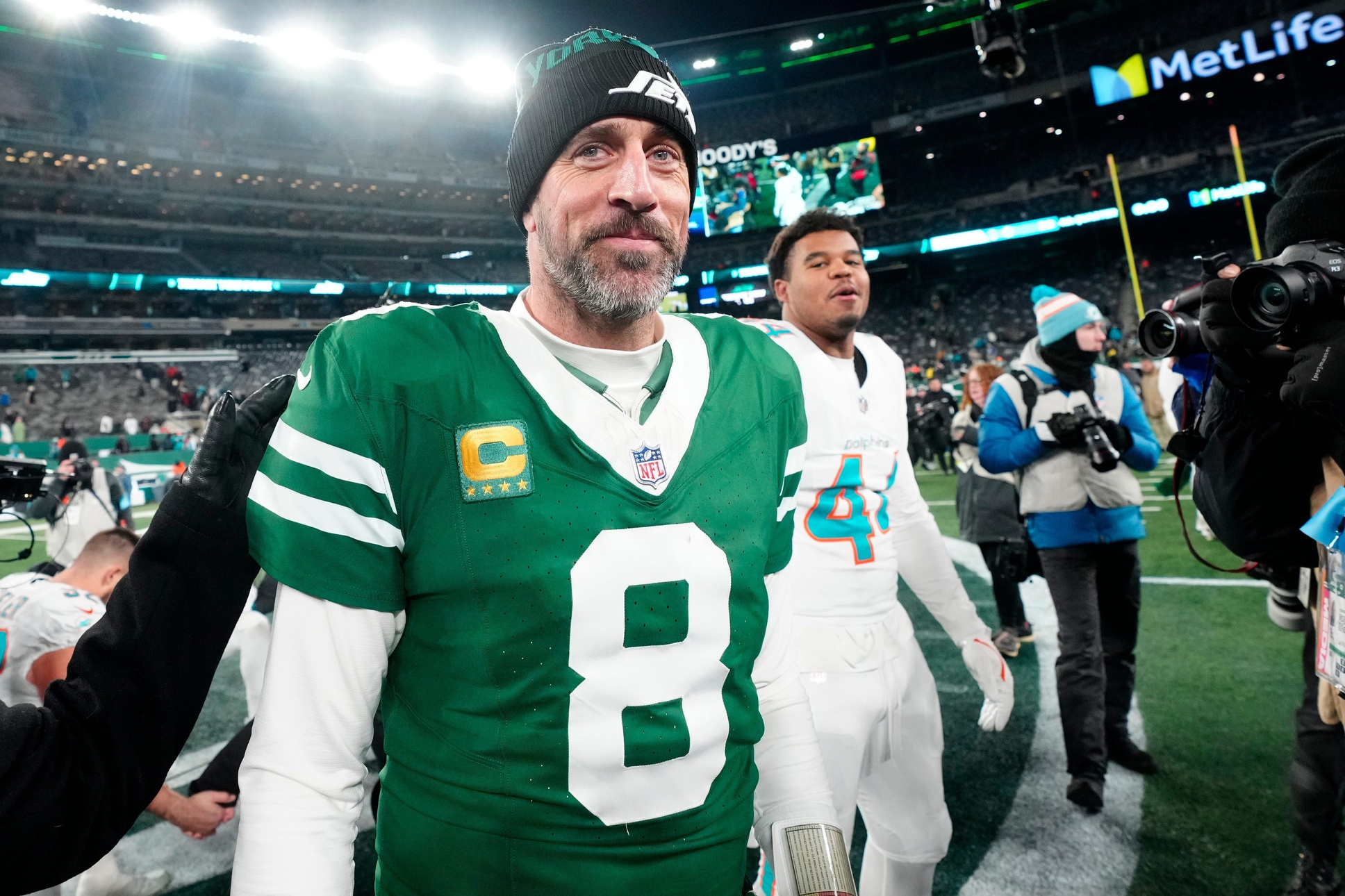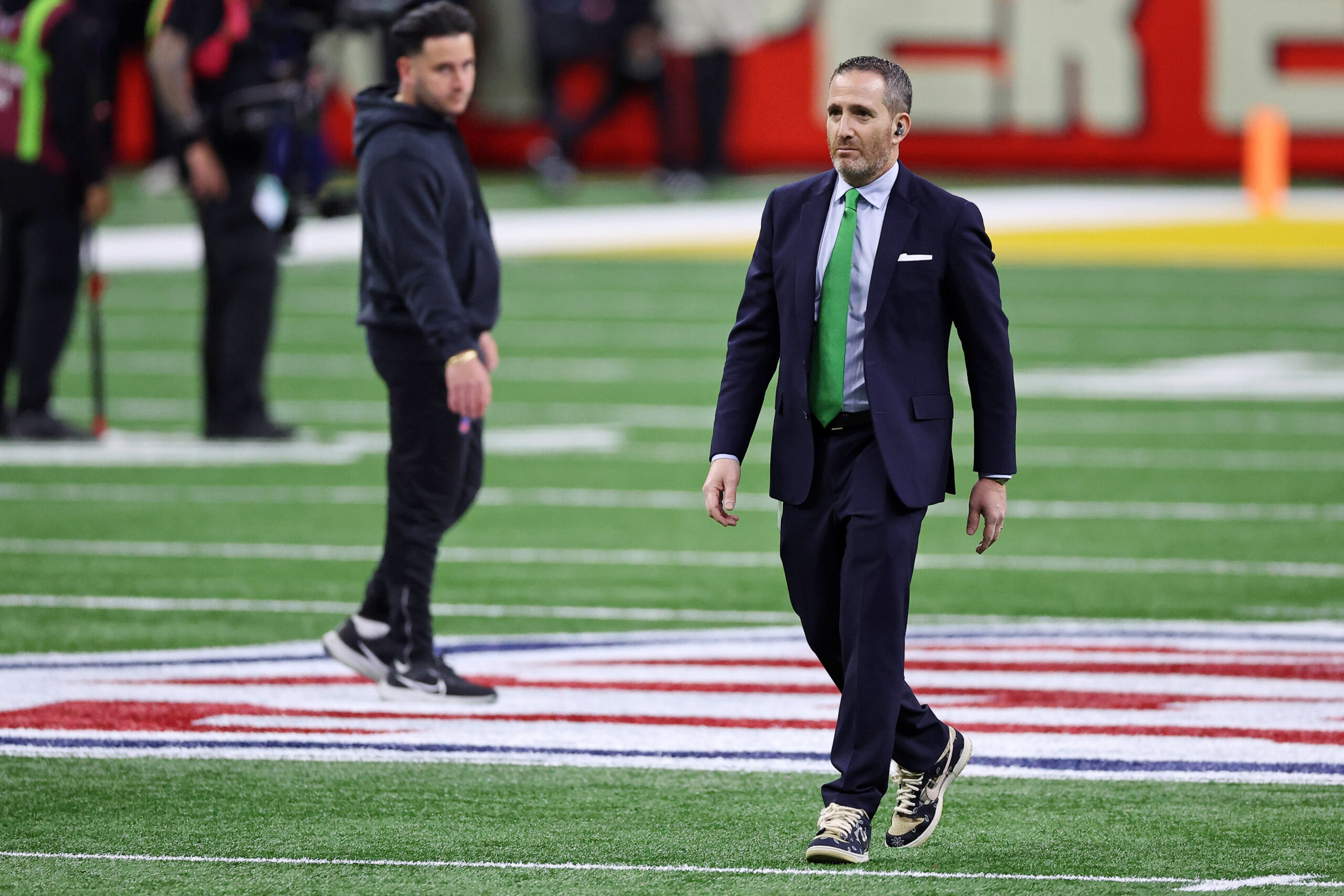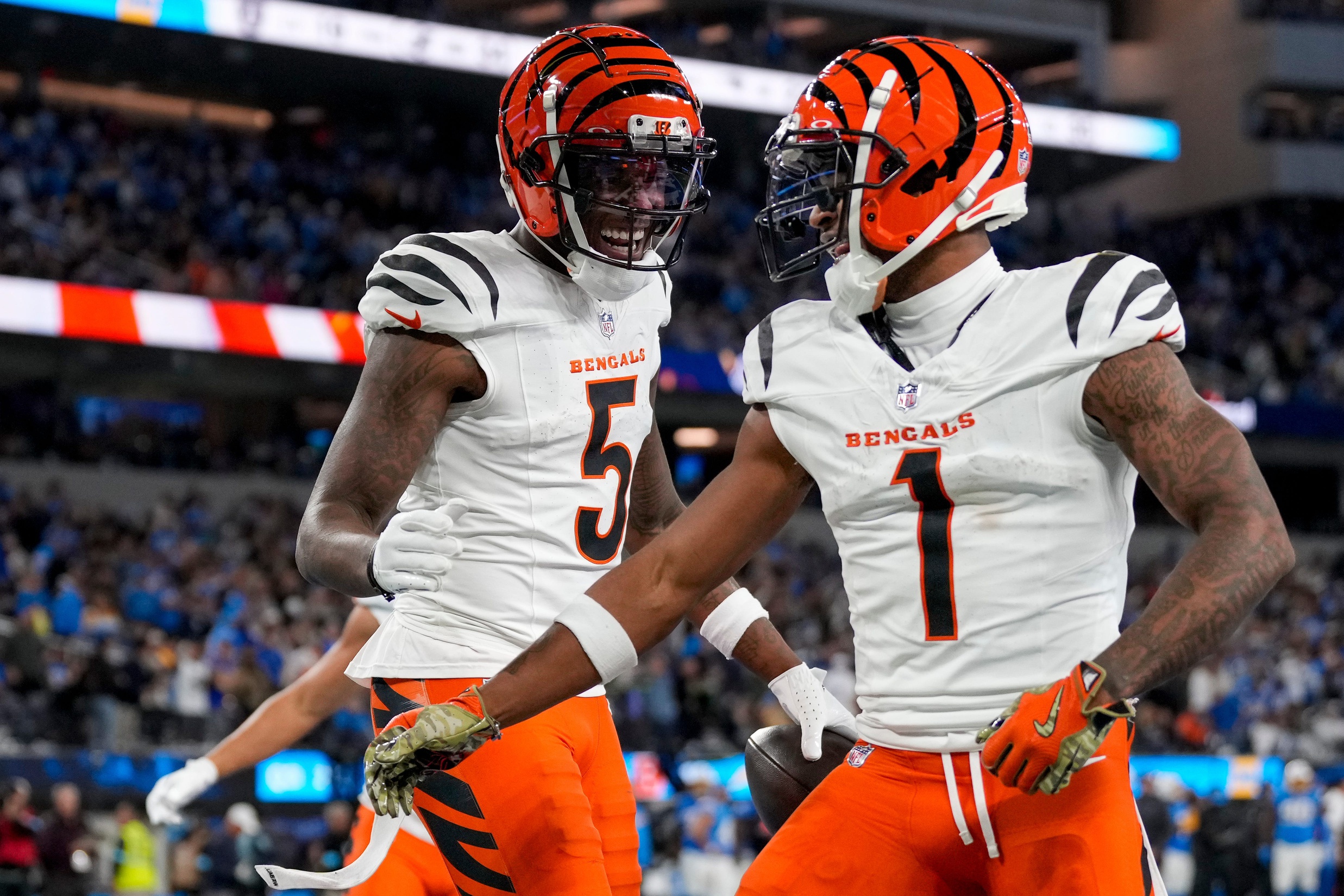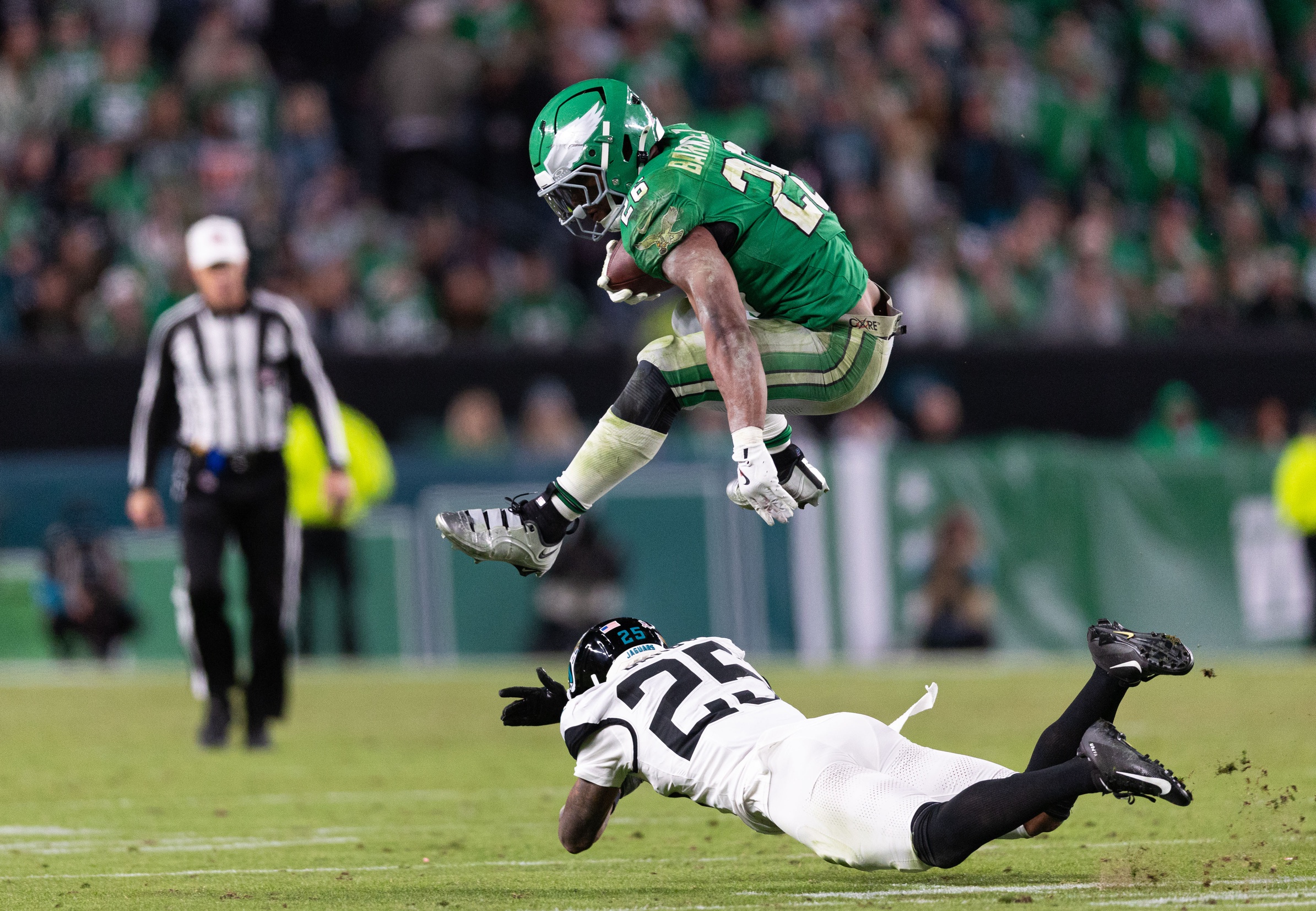Expert Analysis
1/23/22
5 min read
The No. 1 Seed Is Still Pivotal — Tennessee and Green Bay Simply Did Not Take Advantage
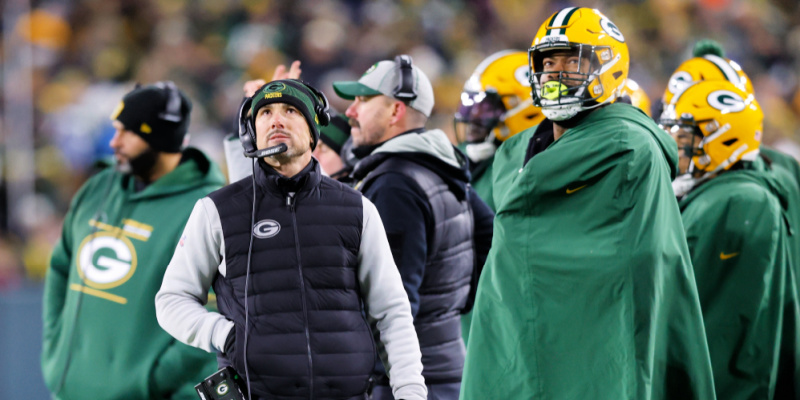
The decision to increase the number of teams in the playoffs and the length of the regular season resulted in reducing the number of Wild Card byes to just the top seed in each conference. Many correctly interpreted this change to be an even greater advantage for the teams that earned the week of rest and extra time to prepare.
Yesterday, however, we saw the exact opposite happen. Both number one seeds lost their first playoff game, but this does not imply that the analysis was wrong. Capturing a bye is a greater advantage than it has even been.
What happened yesterday is something that I believe will be an aberration. Both teams with the bye lost, and it was actually for similar reasons: inefficiency and the inability to adapt. Neither Tennessee nor Green Bay deviated from the gameplan they brought into the game based on what they were seeing and the analytics. They stuck to offensive strategies that were inefficient, and that ultimately led to their demise.
In all games, the quality of a team’s QB, coaching, and potential dominance of the defensive line are really the top influences on outcomes. The games yesterday were no different. Let’s start with the Bengals and Titans.
Cincinnati upsets Tennessee despite 9 sacks
Despite a relatively inexperienced Burrow and a defensive line primarily built around free agents, the Bengals played aggressively from the first snap of the game. Had the Titans’ offense played reasonably well, this strategy could have actually backfired. Burrow threw 24 passes in the first half and 37 in the game, accumulating an incredible 9.4 yards per pass attempt (YPPA). That would normally translate into 30 plus points and maybe even more. But Burrow was sacked 9 times, which led to 68 yards lost. He had a QBR of 28.0 for the game. So, even though the Bengals passed the ball effectively, their inefficiency was in terms of converting drives into points.
What really made a difference in this game was the Bengals aggressive approach to re-signing their defensive line (e.g. Hubbard) as well as making free agent additions that proved to be massive upgrades (e.g. Hendrickson).
The Titans, however, failed to win despite the unprecedented accomplishment of getting 9 sacks. Tennessee’s defense, like the others on Saturday, played exceptionally well. The blame therefore falls on their offense’s inefficiency. In 24 pass attempts, Tannehill averaged 9.2 YPPA, an incredibly high number that usually leads to far more points. His 3 INTs caused the Titans’ coaches to be more conservative than what the passing success should have entailed.
As a result, they ran 27 times (3 more times than they passed), while only averaging 5.2 yards per carry. If we take out Foreman’s 45-yard run, the Titans averaged 3.7 YPC, making the gap between the passing success and rushing failure even greater. Tennessee used 26 running plays to gain 95 yards. This was a conspicuously inefficient way to use that number of plays. Derrick Henry also had 20 carries for only 62 yards (3.1 YPC).
Thus, a Cincy defense that I believe is just average was able to hold Tennessee to 16 points. The bye is still as valuable as expected. The Titans lost due to a decision by their coaching staff to stick with the run no matter how inefficient it was.
49ers beat Packers, holding Rodgers to 10 points
Even though they won, the 49ers underproduced points at a level that was pretty significant. On paper, Jimmy G was 11 of 19 for 131 yards (6.9 YPPA) and was sacked 4 times for 25 yards. But he also had 5 passes dropped in the first quarter. If that hadn’t happened, San Francisco would have passed more and consequently scored more.
Instead, they ran the ball 29 times at an average of 3.7 yards per carry. One of the announcers said Kyle Shanahan's goal was to run 40 times, which would have been an unfathomable mistake. Remember that 7 of their 13 points came on a blocked punt; the obsession with running the ball would have cost them the game if that play hadn’t occurred.
The Packers play calling was even more suspect. They came out passing on the first drive, getting into the redzone with 5 passes and 2 runs before running the ball more to get the TD. Yet, they only threw 29 passes in the game for 7.8 yards per attempt and ran the ball 20 times for 3.4 yards per carry.
Aaron Rodgers somehow only threw the ball 29 times against a depleted 49ers’ secondary, and 9 of his 20 completions went to running back Aaron Jones. Yes, they had to get rid of the ball quickly because of the 49ers pass rush. But they failed to make adjustments, reducing themselves to a (nearly) balanced offense with the presumptive NFL MVP as their QB. Rodgers is at worst the third-best QB of this era, but he will very possibly end his career with one Super Bowl as a Packer.
By the way, zero of the Packers’ completions went to Cobb, who Rodgers insisted they sign for almost $9M. This signing also prevented Green Bay from signing Odell Beckham Jr. for less money than what Cobb is making.
All four teams played well on defense, but were inefficient on offense. If they changed what they intended to do before the game, they could have scored more points. This is a perfect situation where analytics would have been crucial. An analyst should have informed the Head Coach that their passing was more efficient and that running wasn’t working. This information should inform what happens next, but there’s no evidence of such conversations occurring or factoring into decisions.
We ended up with two games that were very low scoring primarily because of the coaches inability to adapt to what was happening in the game. Once you decrease the number of possessions and how many points will be scored, you increase the underdog's chance of winning. That’s exactly what happened on Saturday.

